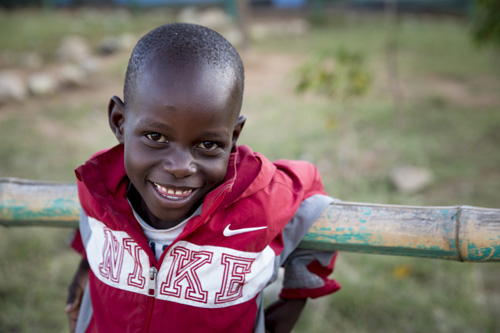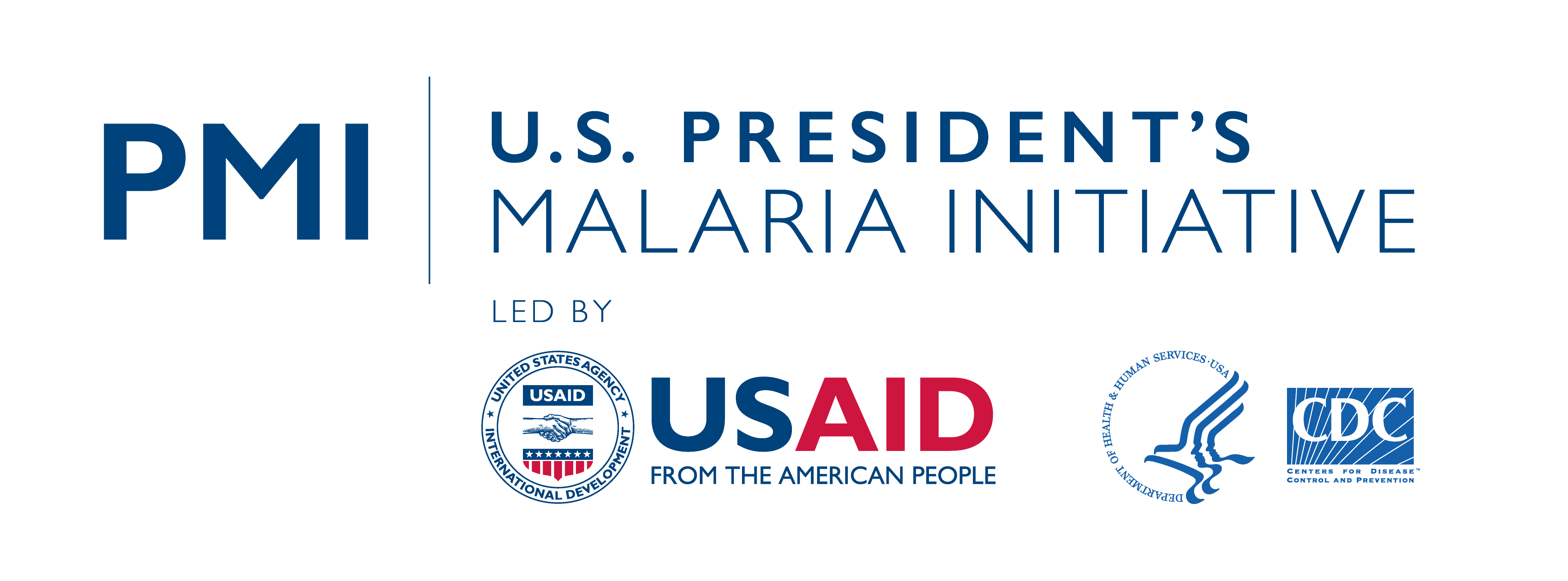 Malaria is a preventable and treatable disease transmitted by female Anopheles mosquitos carrying one of several parasites that causes the disease. Plasmodium falciparum is the parasite responsible for the vast majority of malaria infections and deaths in Africa.
Malaria is a preventable and treatable disease transmitted by female Anopheles mosquitos carrying one of several parasites that causes the disease. Plasmodium falciparum is the parasite responsible for the vast majority of malaria infections and deaths in Africa.
Nearly half of the people in the world are at risk for malaria infection, but pregnant women and children in Africa are particularly vulnerable. The World Health Organization (WHO) African Region accounted for 94% of all malaria cases in 2023 (233 million cases) and 95% of all malaria deaths (580,000 deaths). About 78% of those deaths were among children under the age of 5 1.
Despite the devastation caused by malaria, the investments made by country governments and international donors are helping to protect millions of people from malaria every year.

